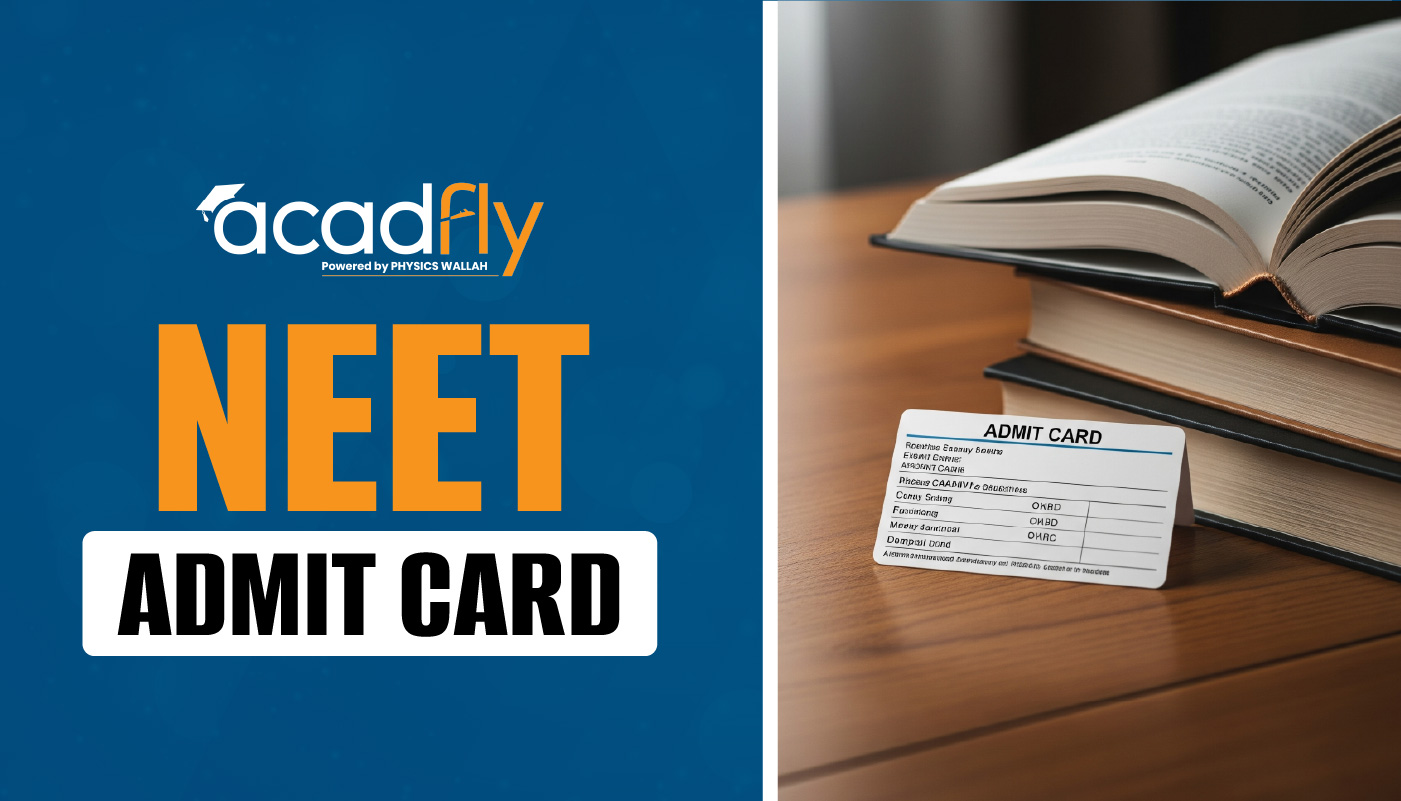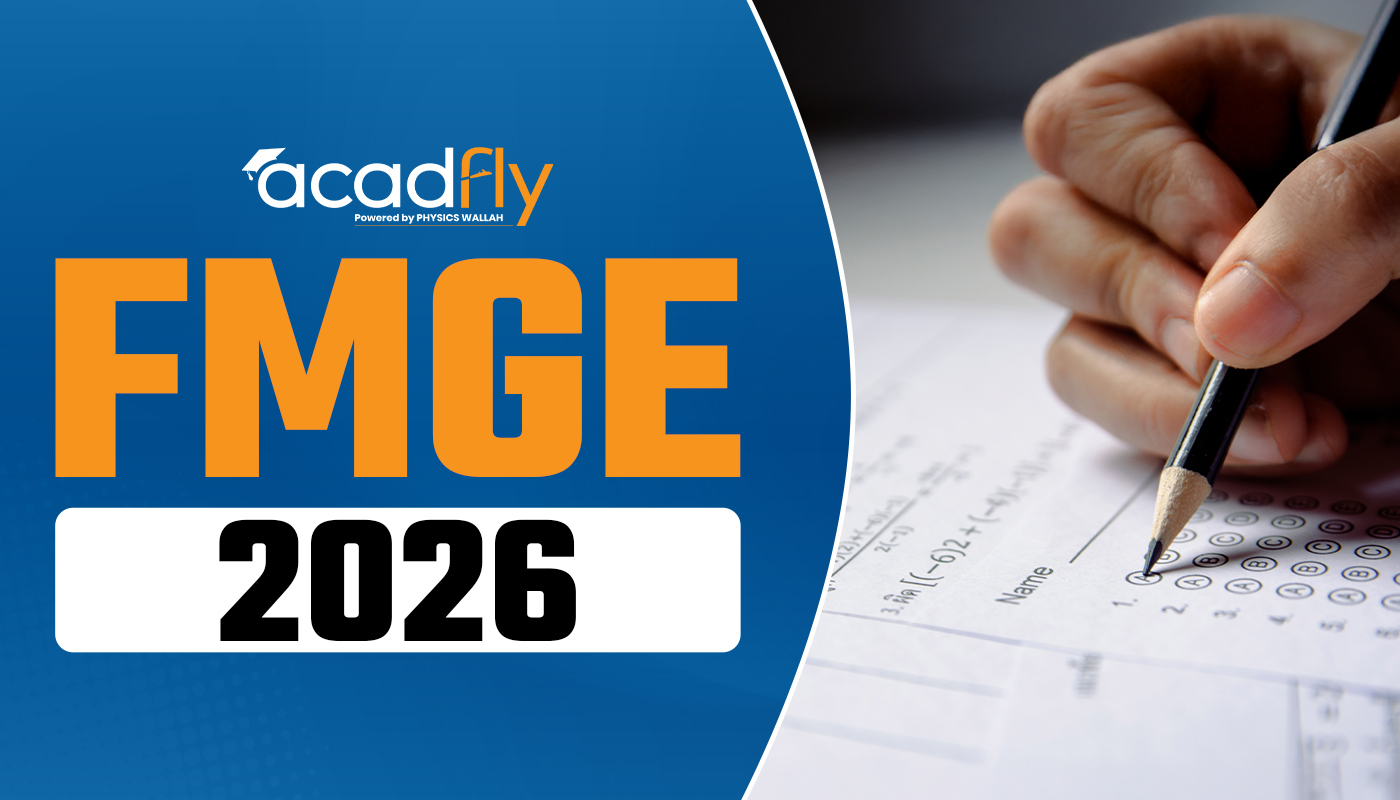
How to Calculate Your TOEFL Reading Scores? - The TOEFL iBT Reading scores are critical for MBA and graduate admissions worldwide, ranging from 0 to 30. Unlike simple raw scores, the final results are assigned using a scaled system that accounts for minor test variations.
This guide provides the definitive conversion charts and the formula you can use to estimate your performance, converting your raw points into the final scaled sce
Understanding TOEFL Reading Raw vs. Scaled Scores
The TOEFL iBT Reading section consists of 30 questions, which translates to a maximum of 33 raw points. These raw points are then converted (or scaled) to the final score out of 30.
-
Raw Score (Max 33): The total number of points received from correct answers. Most questions are worth 1 point, but "Reading to Learn" question types (the final question in each passage set) are worth 2 or 3 points.
-
Scaled Score (0–30): The final score reported by ETS, converted from the raw score using a standardized table.
The Estimated TOEFL Reading Score Formula
For quick estimation, you can use the following formula. Note that the official ETS conversion includes minor adjustments based on question difficulty, so this formula is a close approximation:
Scaled Score = [Raw/33] * 30 [Rounded Fractions]
A TOEFL reading exam may include certain additional questions that will not contribute towards the TOEFL reading score. These questions are meant to aid ETS in:
-
Comparing test results
-
Determine how these questions will perform under actual testing circumstances.
TOEFL reading scores exist in the following ranges:
|
TOEFL Score Range |
TOEFL Score Level |
|
Reading Score Range 0–30 |
Advanced (24–30) High-Intermediate (18–23) Low-Intermediate (4–17) Below Low-Intermediate (0–3) |
TOEFL iBT Reading Raw to Scaled Score Conversion Chart (Calculator)
The table below summarises the conversion of TOEFL scaled scores to TOEFL reading raw scores:
|
TOEFL Reading Raw Score |
TOEFL Reading Scaled Score |
|
10 |
2-10 |
|
11 |
4-12 |
|
12 |
5-13 |
|
13 |
7-15 |
|
14 |
8-16 |
|
15 |
10-17 |
|
16 |
11-18 |
|
17 |
13-19 |
|
18 |
14-20 |
|
19 |
15-21 |
|
20 |
17-22 |
|
21 |
18-23 |
|
22 |
19-24 |
|
23 |
20-25 |
|
24 |
21-25 |
|
25 |
23-26 |
|
26 |
24-27 |
|
27 |
25-28 |
|
28 |
26-29 |
|
29 |
27-28 |
|
30 |
28-30 |
|
31 |
29-30 |
|
32-33 |
30 |
TOEFL Reading and Listening Score Levels (Percentage Breakdown)
TOEFL listening and reading scores are based on percentage and approximate scaled score. The table below shows the scores and percentages of correct answers:
|
Percentage of Correct Answers |
Approximate Scaled Score (0–30) |
TOEFL Score Level |
|---|---|---|
|
95% - 100% |
30 |
Advanced |
|
86% - 95% |
28 - 29 |
Advanced |
|
76% - 85% |
26 - 27 |
Advanced |
|
66% - 75% |
22 - 25 |
High-Intermediate |
|
56% - 65% |
18 - 21 |
High-Intermediate |
|
46% - 55% |
13 - 17 |
Low-Intermediate |
|
36% - 45% |
8 - 12 |
Low-Intermediate |
|
20% - 35% |
1 - 7 |
Below Low-Intermediate |
|
0% - 19% |
0 |
Below Low-Intermediate |
|
0-15 |
0 |
TOEFL Reading Score Percentile
Percentile is another criterion to use while analysing TOEFL reading results. The higher the percentile, the better your TOEFL reading score will be. The TOEFL reading score percentiles are provided in the table below.
|
Percentile |
TOEFL Reading Score |
|
0-9 |
0-10* |
|
10 |
11 |
|
30 |
18-19* |
|
50 |
22-23* |
|
70 |
26 |
|
90 |
29-30* |
The 50th percentile is considered median; this suggests you performed better than half of the exam participants. Any score over the median is considered a good score. Before taking the TOEFL, a candidate should define their reading score target. The goal score is established by two elements. The first is extremely general: what constitutes a good TOEFL reading score? A score higher than the median percentile (50th percentile) is considered an excellent TOEFL reading score. A TOEFL reading scaled score of 22 is considered good.
An alternative way is to create a chart of all the colleges that test takers want to attend and then determine the minimum TOEFL reading score required. TOEFL score criteria for universities are as follows: On this chart, the lowest TOEFL reading score necessary is your target score; anything less than that will result in unsatisfactory results. If the university/college does not have a distinct category for TOEFL reading scores, divide their overall score requirements by 4 to determine the minimum TOEFL reading score.
How to Estimate Your TOEFL Reading Score in 4 Steps
To get a highly accurate estimate of your performance on a practice test, follow these steps:
Step 1: Determine Total Potential Raw Points (33)
The TOEFL Reading section has 3 passages. Most questions are worth 1 point. However, the complex "Reading to Learn" question (usually the last in the set) is worth 2 or more points. The total number of raw points available is typically 33 points across the section.
Step 2: Calculate Points Lost (Raw Score Deduction)
Carefully deduct points for every mistake in your practice section.
-
1-point question: Deduct 1 point for each wrong answer.
-
Multiple-answer question (e.g., 2 points): If you miss only one of the required correct answers, you typically lose 1 point. If you miss two or more, you lose all 2 points.
-
Total Raw Score: Subtract the points lost from the total potential points (33).
Step 3: Convert Raw Score to Percentage
Divide your earned Raw Score by the total potential points (33) to get a percentage.
Example: If you earned 29 points \implies 29/33 approx 0.879
Step 4: Scale the Percentage to the 0-30 Range
Multiply your percentage from Step 3 by 30 to estimate your final scaled score.
Example: 0.88 times 30 = 26.4
Round this to the nearest whole number to get your estimated scaled score, which in this case is 26.
Conclusion
Keep in mind that just one practice section is insufficient to adequately assess your skills. Try a couple more genuine, up-to-date practice sections (such as the free ones on the ETS website), and you'll have a better notion of what your score may be.
Remember that ETS makes minor modifications to your score based on the relative difficulty of the various questions. There is no way to estimate your TOEFL Reading score with 100% accuracy. However, with enough preparation and the correct maths, you can create a fairly accurate estimate and feel confident about your performance on test day.
Frequently Asked Questions
What is a good TOEFL Reading score?
How many raw points do I need for a 30 on the TOEFL Reading section?
Does the TOEFL Reading score include any experimental questions?
How much time is allotted for the TOEFL Reading section?









